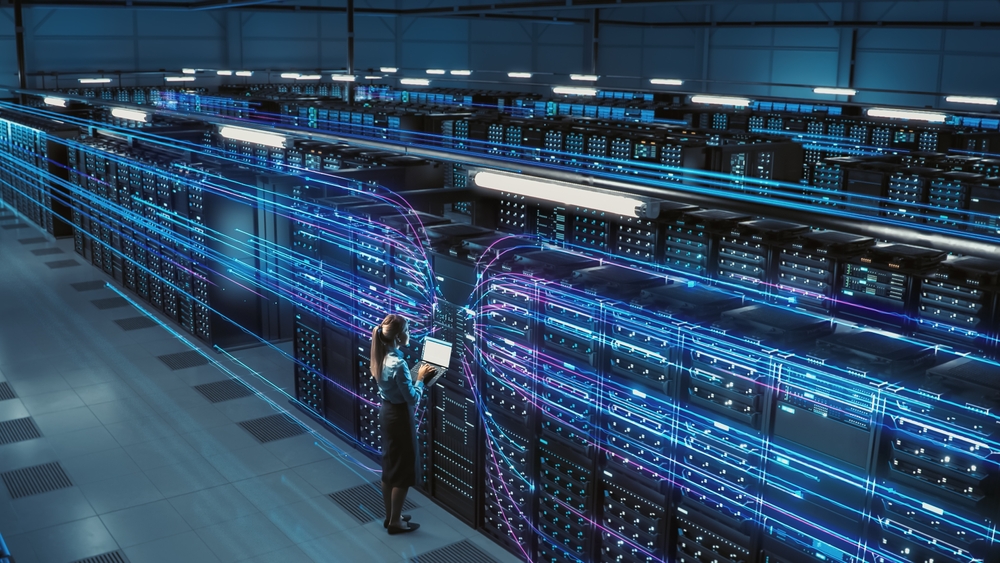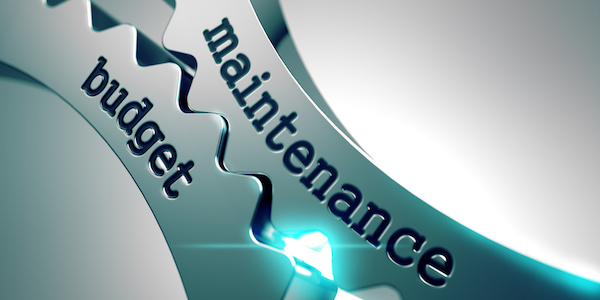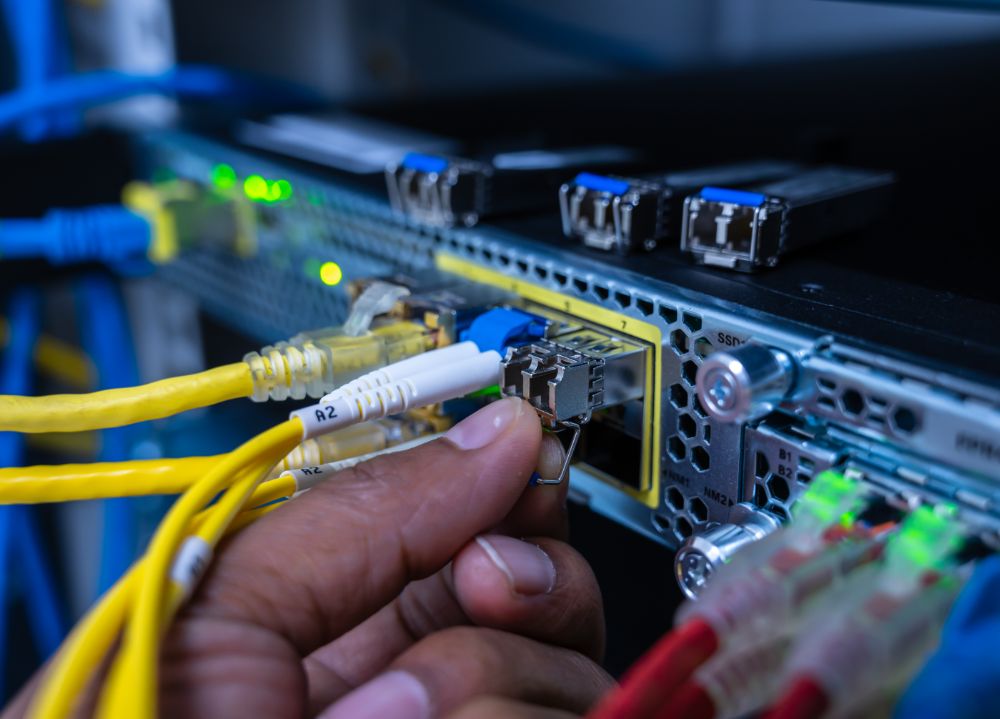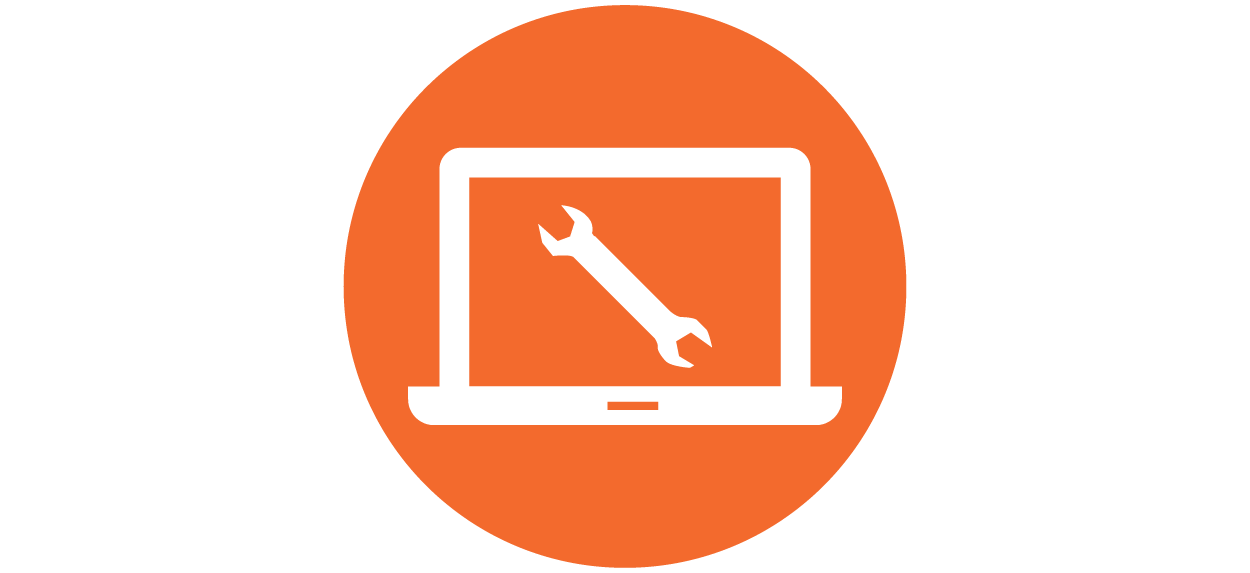At Network Craze we understand the importance of keeping your network downtime to a minimum…

Technology Lifecycle Management Best Practices
Technology Lifecycle Management (TLM) is a fancy term that refers to the process of managing the entire lifespan of a technology asset, from when it’s acquired to when it’s disposed of. TLM is super important for modern businesses because it helps them make the most of their technology investments, while also keeping costs down and ensuring their technology remains relevant to their operations.
By the end of this post, you’ll have a much better understanding of what TLM is all about and how it can help your business. You’ll learn about the benefits of a TLM program, the challenges you might face, and how to overcome them.
Plus, we’ll give you some best practice recommendations for making sure your technology investments are optimized and remain relevant to your business operations. So, let’s dive in!
What is IT lifecycle management?
IT lifecycle management is all about taking care of your technology from the moment it enters your organization to the moment it’s no longer needed. This includes everything from buying and setting up software and hardware to making sure it’s running smoothly, keeping it up to date, and eventually retiring or repurposing it. The main goal of IT lifecycle management is to get the most out of your technology while keeping costs low and making sure everything is in compliance with best practices and regulations.
The 5 steps of IT lifecycle management
Taking care of your technology assets throughout their lifespan is a key part of running a successful organization. IT lifecycle management is the process that helps you do just that. That said, let’s dive deeper into the five predefined steps.
Procurement
When it comes to lifecycle management, procurement is pretty much self-explanatory. It’s the moment you acquire the chosen tech item, marking the beginning of the technology lifecycle and taking you out of the sales and decision-making process.
Allocation
Allocation is an important part of managing technology in the workplace. It simply means assigning a specific piece of technology, like a laptop or phone, to a certain team member or employee.
This helps ensure everyone has the tools they need to do their job effectively and efficiently. Plus, by avoiding duplicate technology and unnecessary expenses, proper allocation can actually save your organization some serious cash.
Implementation
Implementation generally happens when the company “personalizes” the tech in any way, downloading software or hardware needed for optimum functionality. Regarding infrastructure lifecycle management, this occurs when the device reaches the hands of supervisors, the IT department, or the team member it was allocated to.
Monitoring and Maintenance
Tech generally requires maintenance in order to stay in high-performing order. Understanding and implementing this need into the infrastructure lifecycle management strategy early on ensures adequate resources are available to keep the fleet running well.
Decommissioning
This step defines the point of retirement for a certain piece of tech or an entire system. Proactively addressing this phase in your lifecycle management strategy will help your team avoid surprises in the replacement and product evaluation process—keeping your business as effective as possible in the final and early stages of the IT lifecycle.
Benefits of IT infrastructure lifecycle management
Managing your IT infrastructure can be a daunting task, but it’s crucial for keeping your operations running smoothly. Let’s take a closer look at the benefits of ILM and how it can help you achieve your business goals.
Increased Operational Speed
Product and tech swaps take time—especially if nothing is lined up to replace the products after decommissioning occurs. Building in steps to keep your team efficient during network infrastructure swaps in the technology lifecycle management process is key to staying profitable and ahead of the game.
Fewer Service Disruptions
Recently swapped and well-kept tech usually means fewer service disruptions for your team. Lower downtime rates equal higher rates of productivity and results in fewer interruptions for your clients as well.
Compliance
Certain industries have regulatory compliance rules that mandate an ongoing lifecycle management strategy. Lack of compliance can result in fees or a heightened risk profile—all of which can be mitigated by keeping a single well-reviewed strategy and flow in place for your tech and products.
Profitability
Managing infrastructure throughout its lifecycle can be a great way to boost your organization’s profitability. By taking care of maintenance and upgrades, you can ensure your systems are running smoothly, avoiding downtime and increasing productivity. Plus, it can help extend the lifespan of your infrastructure, so you won’t have to worry about costly replacements anytime soon.
Sustainability
Besides lowering maintenance costs, having a strategy for your IT assets helps you to actively meet your sustainability and ESG goals. You’ll be consuming less and repurposing more, which can clearly set you apart from competitors.
Challenges of information technology lifecycle management
While it may appear that maintaining a lifecycle management strategy carries few challenges or risks, it’s essential to highlight a significant concern: its potential impact on your overall network security.
Security risks can abound with any fleet change, as data security protocols can vary between devices and organizations as time goes on. A solid decommissioning strategy can mitigate your risks and ensure your data is kept as safe as possible.
Lifecycle management best practices
Ready to revamp your lifecycle management strategy? We’ve got you covered. Here are several best practices you can begin using today.
Strategic Planning and Goal Setting
Failing to plan is planning to fail—or so we’re told! Strategic planning and goal setting is a vital part of asset management and saves you resources in both the long and short term.
While it may require up-front legwork, you can create a solid foundational template that can be reused with each system refresh. That way, you’ll only have to do a fraction of the work the next time.
This step also ensures all business objectives are met, and stakeholders and team members are supported and satisfied throughout the process. Managed assets are well-kept assets, after all!
Keep a Current IT Inventory
Managing a running list of all technology assets is incredibly helpful as you work to build your technology lifecycle strategy. You’ll know exactly what you have and when you got it, pointing you toward a tailored replacement schedule that suits your needs. No infrastructure components are too large or small to add to this list!
Not sure how to start? Create an infrastructure lifecycle management document (ideally in a cloud-based setup) that all relevant parties can access anytime.
It avoids the trap of a paper legacy doc while giving you ample ability to change and customize your tracking system based on your organization’s needs and asset inventory. Database platforms are especially helpful for this.
Contingency Planning for EOL and EOSL
EOL and EOSL happen at the most inconvenient of times for many of us. Planning for phased-out operating systems and the change-out of your technological assets keeps you profitable and efficient through every phase of the transition. This step also preserves your business metrics, as you won’t lose time or resources if one part of your fleet goes down.
Leverage Network and Hardware Monitoring
Using programs and systems to monitor your hardware and network performance shows you exactly where your IT assets are regarding quality and lifecycle. Investing in this resource now will make steps one and two simpler and easier to facilitate.
Implement an Incident Response Program
This form of future planning is beneficial if your business ever experiences a breach. Having standard operating procedures (SOPs) in place to control incident effects as they occur maintains a secure network and can prolong the life of your assets.
Consider Implementation and Migration
When choosing tools and tech, user experience should be a key evaluation area in your process. Generalized ease of use at the implementation point encourages adoption across your team and organization. Taking it a step further to determine ease of use for any possible migration needs in the future can be helpful to the execution of your strategy.
Effective Training for Optimal Use
Training is always key to ensuring that your technology lifecycle management process is adhered to and maintained—even after your main initiative leaders move on. SOPs are particularly useful to make this best practice a mandate for your team, as well as the use of ongoing refresher courses and managerial-level training.
Periodic Evaluation and Upgrades
A strategy isn’t meant to last forever. Businesses and tech options go through cycles of improvement. Keeping your strategy flexible and adaptable is key to long-term success and can be done from the very beginning stages of it.
Make technology lifecycle management simple with high-quality products and platforms
We understand how important it is for your organization to keep up with the fast-changing technology landscape. That’s why we believe having a solid technology lifecycle management strategy is crucial to boost profitability and protect your infrastructure’s integrity.
By executing a well-thought-out plan, you can minimize downtime, increase efficiency, and promote sustainability. At the heart of any successful strategy is using high-quality products. We’d love to chat with you and see how we can help you achieve your technology goals.
So, why not connect with us today?





